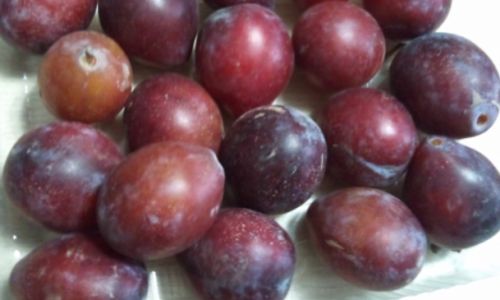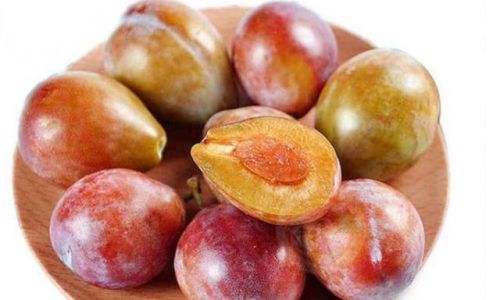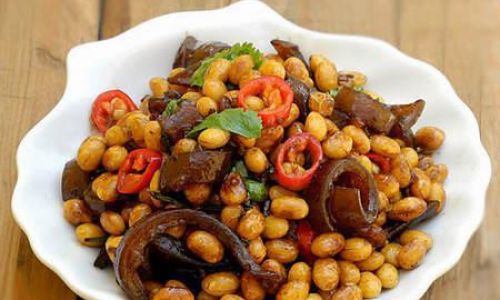Introduction
Free-range eggs, often referred to as “笨鸡蛋” in Chinese cuisine, have gained immense popularity for their superior taste, nutritional value, and ethical sourcing. Unlike conventionally raised eggs, free-range eggs come from hens that roam freely, feed on natural diets, and are not confined to cages. This article explores the art of cooking and savoring free-range eggs, from selecting the freshest specimens to mastering classic and innovative recipes. Whether you’re a seasoned home cook or a curious food enthusiast, this guide will equip you with the knowledge to elevate your egg-based dishes to new heights.

Chapter 1: Understanding Free-Range Eggs
Before diving into recipes, it’s essential to grasp why free-range eggs stand apart. These eggs are produced by hens raised in open environments, such as pastures or barns with outdoor access. This lifestyle allows hens to forage for insects, worms, and plants, resulting in eggs with:
- Richer Flavor: The diverse diet of free-range hens enhances the eggs’ taste, offering a deeper, creamier yolk and a more robust flavor profile.
- Nutritional Superiority: Studies suggest free-range eggs contain higher levels of omega-3 fatty acids, vitamin D, vitamin E, and beta-carotene compared to conventional eggs.
- Ethical Appeal: Supporting free-range farming aligns with animal welfare principles, as hens enjoy natural behaviors like dust-bathing and nesting.
When purchasing free-range eggs, look for certifications like “Certified Humane” or “Pasture-Raised” to ensure authenticity. Farmers’ markets and local co-ops are excellent sources for fresh, high-quality eggs.
Chapter 2: Selecting and Storing Free-Range Eggs
Selecting the Freshest Eggs
- Check the Shell: Fresh eggs have clean, uncracked shells with a slight sheen. Avoid eggs with dirt or cracks, as bacteria may penetrate.
- Test for Freshness: Submerge eggs in a bowl of water. Fresh eggs sink, while older ones float due to air pockets forming inside.
- Yolk Color: The yolk’s hue ranges from deep orange to golden yellow, depending on the hen’s diet. Darker yolks often indicate a diet rich in leafy greens or insects.
Storing Eggs Properly
- Refrigeration: Store eggs in their carton at 40°F (4°C) to maintain freshness and prevent odor absorption.
- Avoid the Door: The refrigerator door’s temperature fluctuations can shorten shelf life. Keep eggs on a middle shelf.
- Use Within 3–5 Weeks: While eggs may last longer, peak flavor and texture occur within this window.
Chapter 3: Classic Cooking Methods
Free-range eggs shine in both simple and elaborate preparations. Master these techniques to highlight their natural richness.
Boiled Eggs

-
Soft-Boiled:
- Bring water to a rolling boil.
- Gently lower eggs using a spoon.
- Cook for 4–6 minutes (4 for runny yolks, 6 for jammy).
- Serve immediately with toast soldiers or in ramen bowls.
-
Hard-Boiled:
- Simmer eggs for 9–12 minutes.
- Shock in ice water to halt cooking.
- Peel under running water for easier shell removal.
Fried Eggs
-
Sunny-Side-Up:
- Heat a nonstick pan over medium-low heat.
- Add butter or oil, then crack the egg.
- Cover with a lid for 2–3 minutes until whites set.
-
Over-Easy/Over-Hard:
- Flip the egg gently using a spatula.
- Cook for 30 seconds (over-easy) or 1–2 minutes (over-hard).
Poached Eggs

- Technique:
- Bring 2 inches of water with vinegar to a simmer.
- Create a vortex with a spoon and crack the egg into the center.
- Cook for 3–4 minutes for a runny yolk.
- Lift with a slotted spoon and trim stray whites.
Scrambled Eggs
- Creamy Method:
- Whisk eggs with a splash of cream or milk.
- Cook over low heat, stirring constantly with a rubber spatula.
- Remove just before fully set for a velvety texture.
Omelettes
- French-Style:
- Whisk 2–3 eggs with a pinch of salt.
- Cook in butter, stirring gently until curds form.
- Tilt the pan, fold the omelette, and slide onto a plate.
Chapter 4: Advanced Recipes
Elevate free-range eggs with these gourmet dishes.
Shakshuka
- Ingredients: Tomatoes, peppers, onions, spices, eggs.
- Method:
- Sauté vegetables until caramelized.
- Add tomato sauce and simmer.
- Create wells, crack eggs, and bake at 375°F (190°C) for 10–12 minutes.
- Garnish with feta and cilantro.
Frittata
- Ingredients: Potatoes, spinach, cheese, eggs.
- Sauté fillings, pour beaten eggs over, and cook on stovetop.
- Finish under the broiler for a puffed top.
Soufflé Omelette

- Ingredients: Eggs, sugar (for sweet variations), vanilla.
- Separate yolks and whites; whip whites to stiff peaks.
- Fold into yolks and cook gently.
Deviled Eggs
- Ingredients: Mayonnaise, mustard, paprika.
- Halve hard-boiled eggs, remove yolks, and mix with seasonings.
- Pipe back into whites and garnish.
Chapter 5: Health Benefits and Dietary Integration
Free-range eggs are a nutritional powerhouse. Incorporate them into diets for:
- Protein: 6 grams per large egg, with all nine essential amino acids.
- Choline: Crucial for brain health and metabolism.
- Lutein and Zeaxanthin: Antioxidants promoting eye health.
Dietary Adaptations
- Keto/Paleo: Use eggs as a base for frittatas or crustless quiches.
- Vegan (Egg Substitutes): For baking, try aquafaba or flaxseed gel.
Chapter 6: Pairing and Presentation
Flavor Pairings
- Savory: Smoked salmon, truffle oil, aged cheddar.
- Sweet: Berries, honey, dark chocolate.
Plating Tips
- Texture Contrast: Combine creamy yolks with crispy bacon or toasted bread.
- Color: Use herbs like chives or edible flowers for visual appeal.
Chapter 7: Troubleshooting Common Issues
- Rubbery Whites: Overcooking; reduce heat and cooking time.
- Sticky Shells: Old eggs; use fresh ones or add baking soda to water.
- Flat Omelettes: Underwhipped eggs; ensure fluffy consistency before cooking.
Chapter 8: Sustainability and Ethical Considerations
Free-range farming promotes soil health and biodiversity. Support local producers to reduce carbon footprints. Consider composting eggshells for garden fertilizer.

Conclusion
Free-range eggs are a testament to the harmony of flavor, nutrition, and ethics. By mastering cooking techniques and exploring creative recipes, you can transform this humble ingredient into culinary masterpieces. Whether enjoyed in a simple breakfast or a gourmet dinner, free-range eggs invite a deeper connection to the food we eat and the animals that nourish us.
Final Tip: Experiment fearlessly! The versatility of free-range eggs knows no bounds. From pickled eggs to cloud eggs, let your palate guide you on this delicious journey.






0 comments